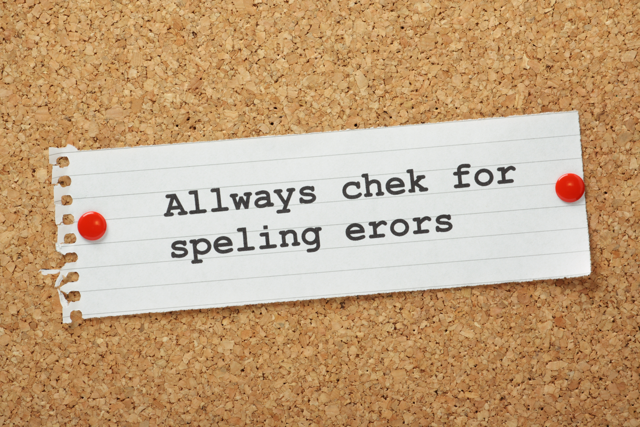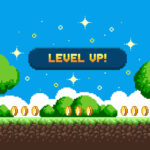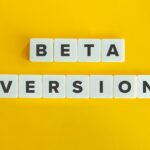Unraveling the Spellcheck Enigma
Ah, spellcheck. The unsung hero that rescues our professional emails and essential documents from the pitfalls of human error. A marvel for adults. But is it the same champion for our young learners? It’s time we dissect this digital tool and understand its influence on kids.
Decoding the Magic of Spellcheck
Before we navigate its impact, let’s break down how spellcheck functions. It’s simple. As you type, word processors detect deviations from standard spelling and instantly provide corrections or suggestions. Seamless for us, but there’s a hitch for our younger counterparts.
For Adults: A Lifesaver in the Fast Lane
There’s no denying, for multitasking adults, spellcheck is an indispensable asset. Think of it as a discreet editorial assistant nested in your device, offering a silent nod of approval or a guiding nudge when you go astray.
The Spellcheck Pitfall: A Closer Look at Kids’ Interactions
When it comes to children, especially those between second to fifth grades, spellcheck might be more of a hindrance than help. Let’s dive into the reasons:
- A Constant Crutch – By instantaneously rectifying errors, it conceals the words kids genuinely grasp and the ones they grapple with.
- Shadowing True Abilities- Unlike certain applications, there’s no easy switch-off button for spellcheck. This leaves educators in the lurch, unable to accurately gauge a pupil’s aptitude.
- Eliminating the Value of Mistakes – Errors are powerful teachers. But with spellcheck stepping in, the teaching moments that should be tied to mistakes vanish.
Introducing ReSpellr: Reinventing Spellcheck for Young Minds
Recognizing this gap, we present ReSpellr. Instead of the standard auto-correct, misspelled words morph into engaging word games, turning spelling practice into fun. And the cherry on top? Tailored dashboards for parents and educators to monitor progress. Who knew spelling could be this exhilarating?
In Conclusion: A Time and Place for Spellcheck
While spellcheck remains invaluable for our rapid adult lives, for young students, it might resemble ever-present training wheels. Let’s give them the runway to wobble, fall, and rise on their own. After all, it’s the journey that shapes the learner.
When the familiar squiggly line appears next, pause and ponder its purpose. For us, it’s a boon. For kids? Perhaps it’s time to explore avenues like ReSpellr.
Eager to redefine your child’s spelling journey? Embark on ReSpellr.com.











